No matter what type of boat you have, if she’s kept in the water all season, maintaining your sacrificial anodes must be part of your regular to-do list. This seemingly innocent looking part—made of zinc, aluminium or magnesium and available in various shapes, sizes and installation options—is critical to your boat’s well being.
Walk around your local marina or yacht club and look at all the boats on their cradles, you will notice how many different anodes there are! Some are on rudders, some are on the outboard foot, some are on prop shafts, etc. Some are in good shape, while others are in need of replacement.
At many clubs and marinas with no electricity delivered to individual slips, anodes last a long time. That’s because there is no galvanic reaction that goes on below the surface of the water that attack these important anodes. In harbors with shore power at individual slips, the galvanic reaction is mostly caused by neighboring boats that are plugged in to shore power and left that way all the time. So, if you do have shore power at your club, be sure to inspect your anodes and replace them regularly.
But what exactly do these sacrificial anodes actually do? As their name implies, they sacrifice themselves by attracting the corrosive galvanic reaction and, by doing so, protect all other metal components such as rudders, rudder posts, props, prop shafts and any other metal components that are grounded and in the water. With the proper size, installation and quantity, the anode(s) will corrode and deteriorate long before the other parts of your boat.
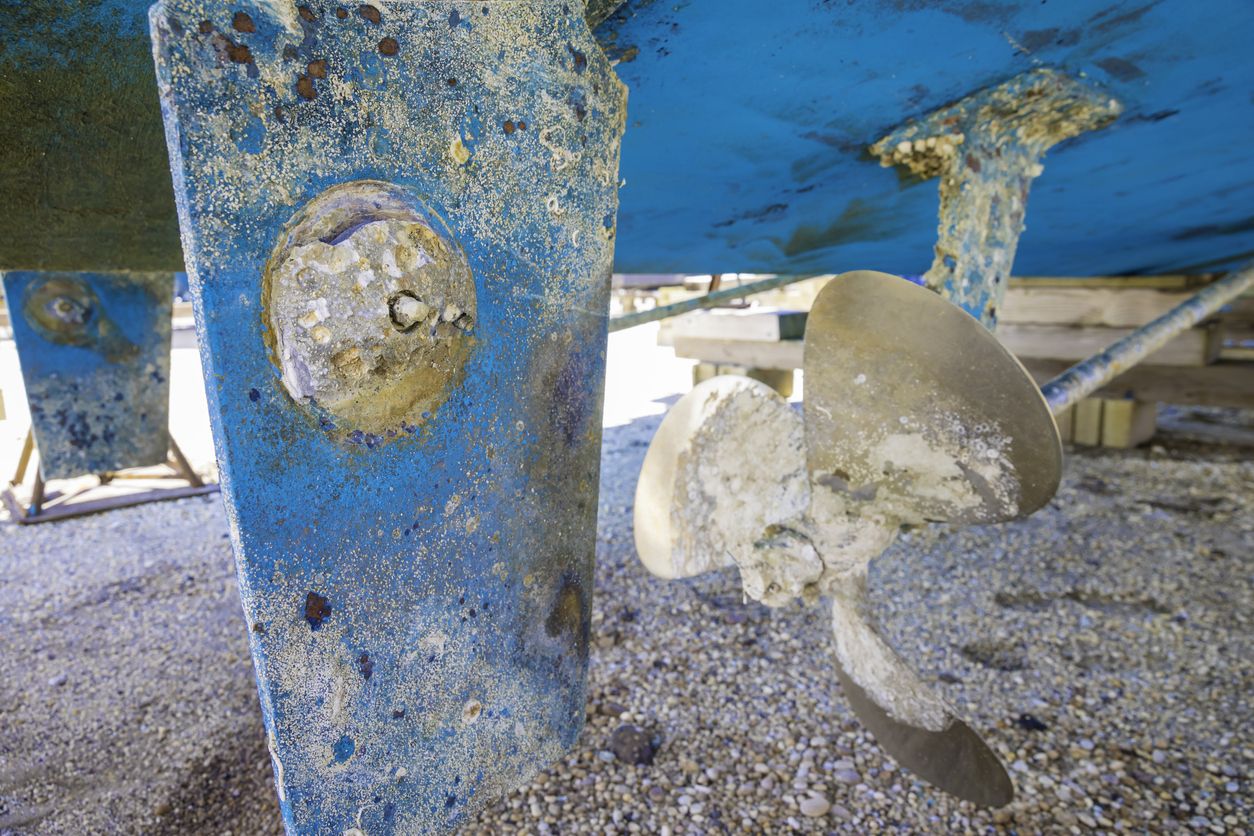
Hence why regular and careful inspection and replacement of these anodes is an important maintenance item. Although these are easily replaced, for the most part, for some reason I often see they are not. Don’t wait for the anodes to be completely gone before replacing them. As their surface volume reduces over time the protection they offer will also be diminished.
Anodes come in different shapes and sizes to accommodate the installation. Some are flat and aerodynamic to provide less resistance when under way. Others fit on the propeller shaft to protect the shaft, prop and engine components.
COMMON ANODE MISTAKES
The biggest mistakes I see are poorly installed and cared for anodes. I see some installed directly to a fiberglass hull, which does nothing, unless the anode is somehow grounded thru the hull. I’ve seen people, once in their slip, hang an anode overboard. That does not work either, unless it is somehow attached to a grounded wire.
Other mistakes I see are: anodes installed on a painted metal surface, which provides zero metal to metal contact, and painting over their anodes, which also renders the anodes useless.
A common mistake is using undersized anodes. Telltale signs of undersized anodes are the surrounding metal areas show signs of corrosion and pitting. If this is the case, the best practice is to properly install a bigger anode or multiple anodes.
ZINC OR ALUMINUM ANODES?
There are environmental concerns about zinc anodes releasing cadmium in our waterways so aluminium was introduced a few years ago. At the time, aluminium anodes were more expensive, but the cost has since gone down and is now competitive with zinc. So, when changing anodes, consider switching to aluminium and make sure all your anodes are of the same material. Mixing anode types is not recommended.
Also, aluminum anodes usually last longer and work better than zinc in brackish water and salt water.
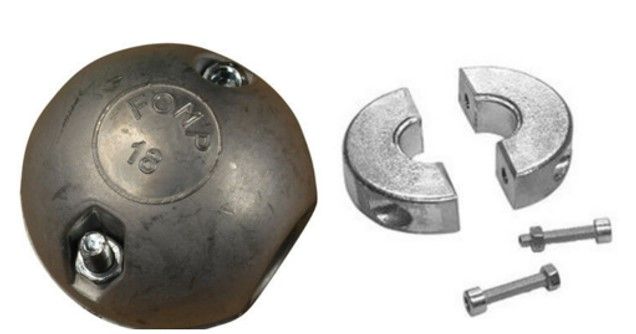
In freshwater applications, another option is magnesium anodes, which offer much better protection underwater, especially any underwater aluminum. However, magnesium is only good in freshwater. So, if any of your time is spent boating in brackish or salt water, stick with zinc or aluminum anodes.
Another great option, which I’ve been using for well over 10 years now, are combination prop shaft anodes and line/weed cutters. These have saved me a lot of problems when faced with unexpected large weeds or submerged mooring lines. I even doubled up by installing two of them of my prop shaft.
After reviewing “What’s the Best Anode Material?” I ended up choosing the Sea Shield by Salca. These prop shaft anodes are available in both zinc or aluminium and come in all shaft diameters. The extremely sharp serrated cutters are made of stainless steel and remain sharp and unforgiving for any weed, fish net or lines that get in the way!
After viewing the videos on Salca’s website, I elected to install two anodes, one forward of the cutlass bearing and one behind. The idea is that should the prop shaft loosen and come off the transmission flange, the forward anode will prevent the shaft from sliding off and through the cutlass bearing and end up in the bottom of the sea, plus it will leave a large hole in the hull. But the idea of anodes on each side of the cutlass bearing is to prevent lines from wrapping themselves between the prop and the bearing.
Of course, there are many other makes, models and shapes of combo anode/cutters available on the market. Do your own research. But if you have more than one anode, make sure they are all of the same material and are properly installed with direct metal to metal contact, well grounded and not painted over!
References:





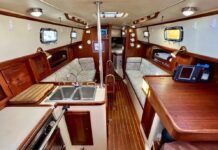


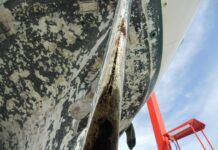
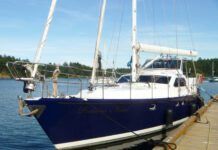

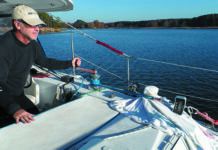
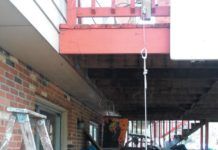
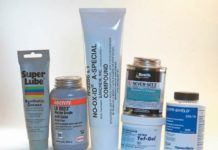







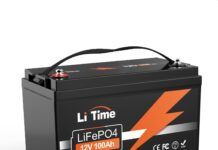


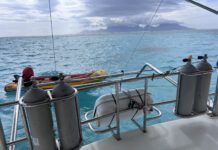


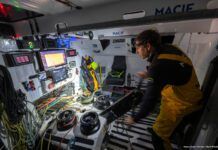
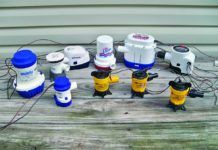
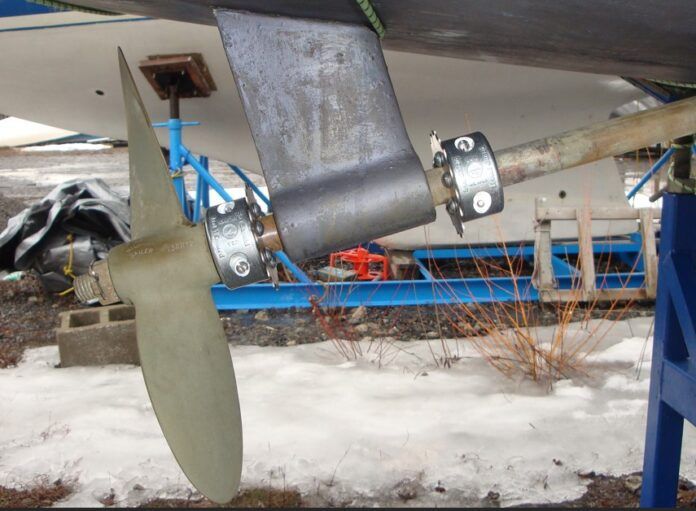





Careful about shaft anodes too close to cutless bearing and restricting water flow through. The ones in the photo look a little close.
Hello David you are absolutely correct, about not installing anodes to close to Cutlass bearing. The ones in the photo are as close as one should go, leaving enough room to allow water to access the bearing. Also, installing the anode close to the bearing can prevent looking the shaft should it break away from it’s transmission flange.
Why is Cadmium released from a Zinc anode?
Hi Chuck, check out this like where Tim does a great job explaining anodes and how they work.
https://youtu.be/5zYU4Ye7CHs?si=2zlKDypbmyiM8bgc